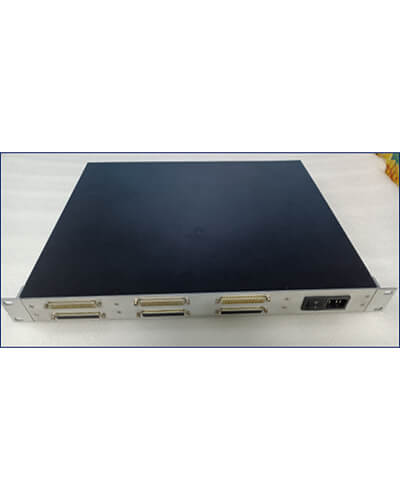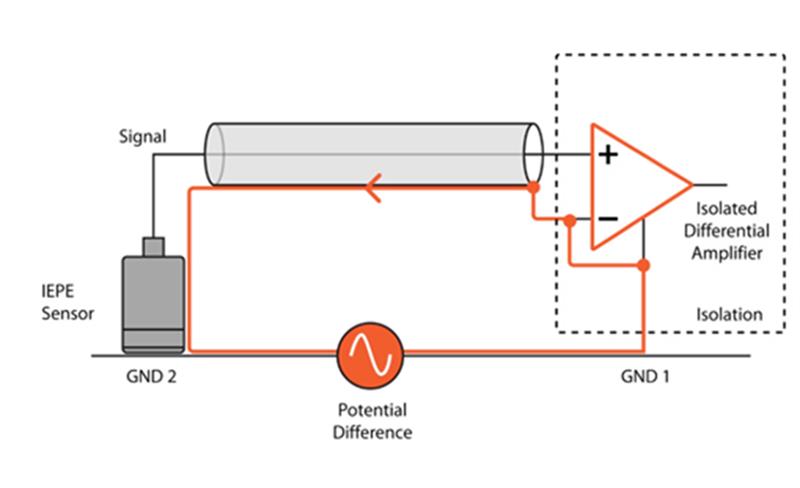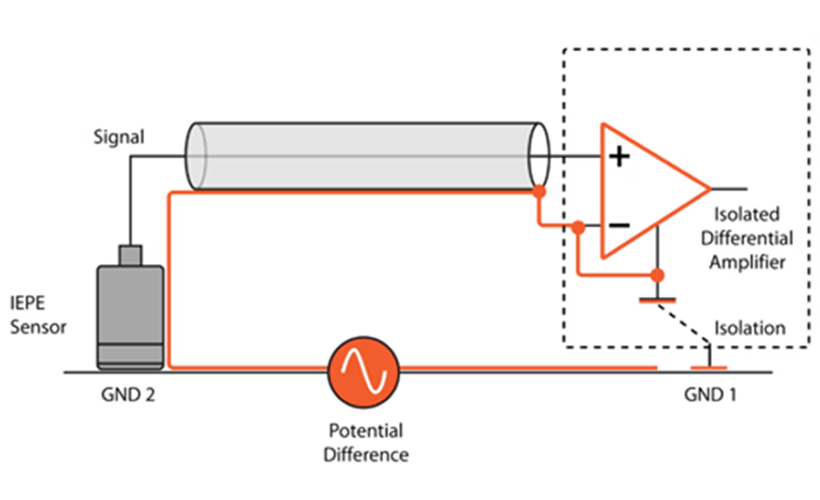- Home
- About Us
- Our Offerings
-
 Custom Electronics
Custom Electronics
 Digital Transformation
Digital Transformation
Industry 4.0 Apps
Custom Development
Deployment
 Test Measurement & Control
Test Measurement & Control
Automated Test Equipment
Control Systems
Learn More
 Our Products
Our Products
Our Products
- Universal Automated Test System (ATS) for Satellite Payload Power Supply
- Signal Conditioning System
- Embedded SDR – High-Performance FPGA- Based Software Defined Radio
- RF Signal Divider and LO Generation System
- RF Control System for RF Source
- OSL Embedded Controller
- Multi-ch Galvanic Isolated Signal Conditioning
- High-End NavlC Receiver (IDU System)
- Command Data Modem (CDM)
- Advanced 48ch Radar Processing System
-
- Who We Serve
- Careers
- Insights
- Contact Us

 New Product Development
New Product Development Build To Print
Build To Print Build-to-Spec Custom Electronics
Build-to-Spec Custom Electronics Learn More
Learn More



























